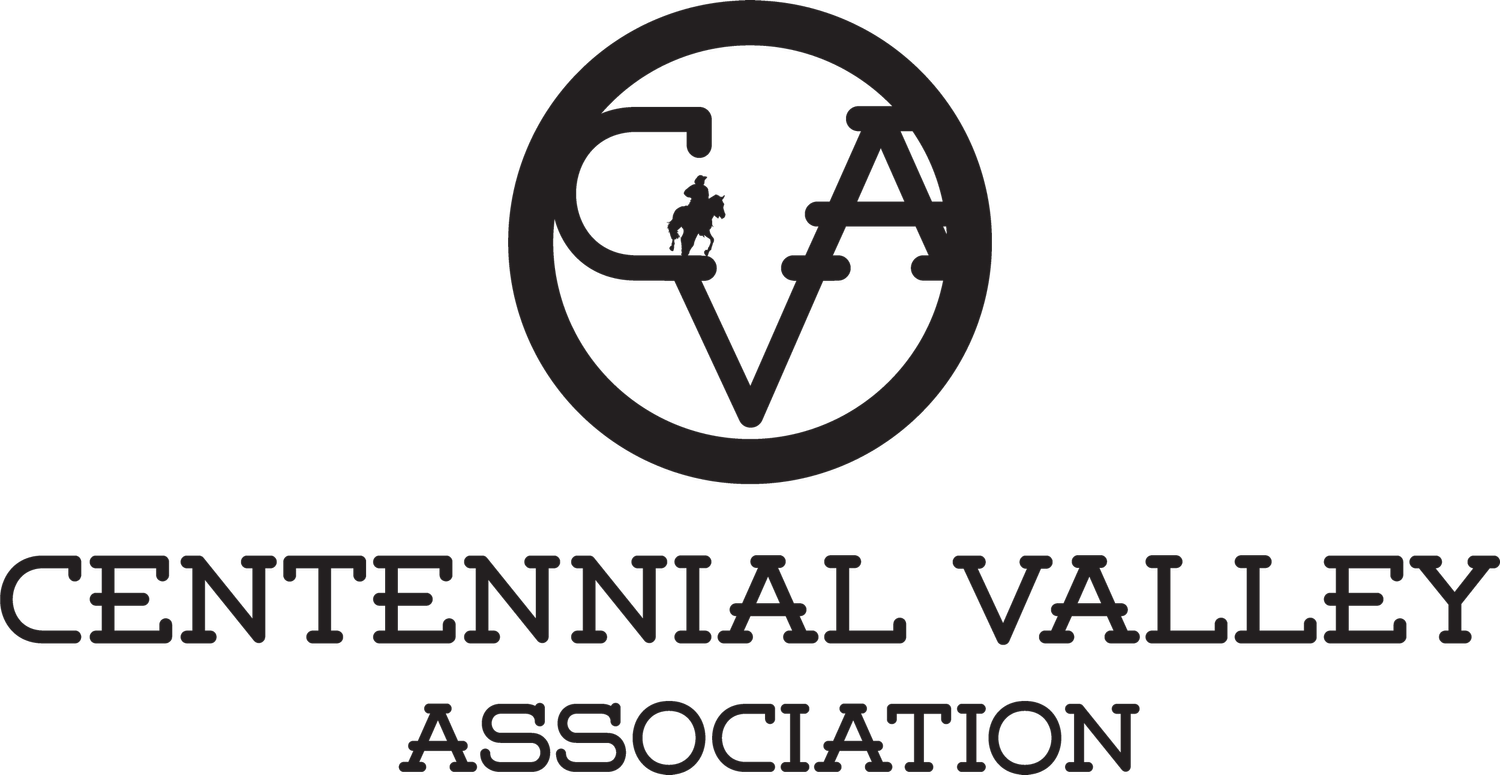August 1st - August 15th Range Rider Update
First off, thank you to Taylor Jackson for coming back this season and being such an asset to our Range Riding Team! Taylor left on the 16th, and is headed back to New Mexico for school. She will be missed for the rest of the season, but glad she spent time with the Team this season! She’s become part of the community and everyone enjoys having her around. Good luck with school, Taylor, and thank you!
There have been a handful losses since the last report, all related to natural causes. So far, there have been no reports of depredation. However, the Team did receive a report that wolves were disrupting one of the participant herds, but there have been no depredations or conflict. Through riding and game cameras, Range Riders will continue monitoring the herd for any signs of conflict in addition to the producer’s daily efforts.
Most of the losses since the last report were due to larkspur. In one area, a producer lost enough cattle that removing the carcasses from the landscape was required for human safety. The producer took the carcasses to the Dillon landfill (the closest best option), and Range Riders helped with the process.
Recently, CVA was asked why Range Riders don’t always remove carcasses from the landscape, considering they attract predators and pose a safety risk to people working and recreating. Often, carcasses are left in place because they are inaccessible with a vehicle, or the producer prefers the carcass to remain where it is. A single carcass on the landscape often disappears relatively quickly, and as long as people are informed and aware of its location, risk can be mitigated until its no longer an attractant. When there are numerous carcasses in one area, like earlier this month, the risk becomes much greater because of the number of grizzly bears that will likely be attracted. When this happens, the Team will work together to get the carcasses off the landscape, eliminating the safety concerns.
Sometimes Range Riders may move carcasses away from areas frequented people. For example, if there was a carcass near a campground, main road, or hiking trail, it would be dragged off to an area that was less of a threat, with permission from landowners or managers, and producers.
The carcasses that are not removed provide a great opportunity to collect information about the predator population in the Centennial Valley via game cameras, which helps us keep the community informed. The information gathered can also help assist ranchers and agency personnel identify problem individuals and contribute to targeted (rather than indiscriminate) management of predators following a depredation event. Although it is one of the more dangerous activities range riding requires, it is perhaps one of the most important things the program does as well. Importantly, CVA has a strict safety protocols in place when approaching carcasses to keep our riders safe.
The Team recorded seven grizzly bear observations since the last report. Some were associated with carcasses and a few were not. Observations included one sighting, two observations of tracks, and four game camera events. The sighting was of a young grizzly bear on North Valley Road near Long Creek. The rest of the observations appeared to be lone adults.
Four black bears were observed on game cameras. Events included three different black bears (based on pelage and location) dispersed across the valley.
There were six wolf observations, including five game camera events and one scat. Two of the camera events included a pack of at least three wolves, and the rest were photos of just one wolf. One of the wolf observations was at a carcass where a grizzly bear and the three wolves were caught in the photo together around the carcass.
Archery season for pronghorn has started up, bringing increased traffic to the Valley. Archery for deer and elk will start September 2, bringing much more traffic. Antlers on deer and elk are still covered in velvet, but they should be starting to rub it off soon in preparation for mating season, which starts around mid-September for elk and late-October for deer.
The Team and the cameras cannot capture the entire Valley each day, so community reports are extremely valuable to understand how wildlife use the Valley. If you have any wildlife reports to share (big or small!) please contact Erika Nunlist, Wildlife Program Coordinator, at wildlife@centennialvalleyassociation.org. We look forward to hearing from you!
*** 2023 content is property of the Centennial Valley Association. All rights reserved. This material may not be published, broadcast, rewritten, or redistributed without written permission. ***



